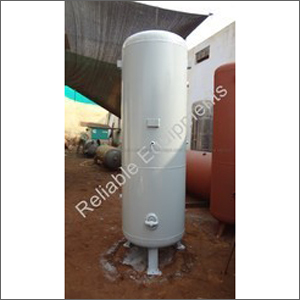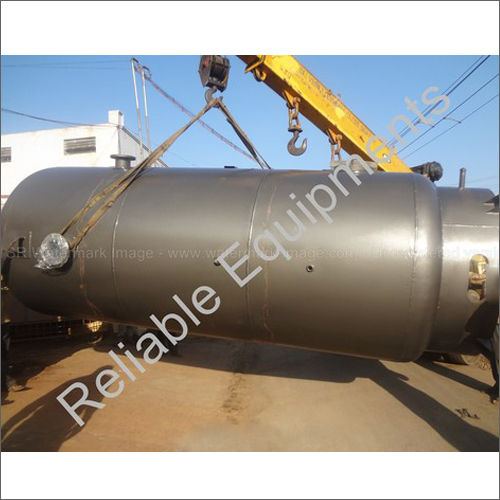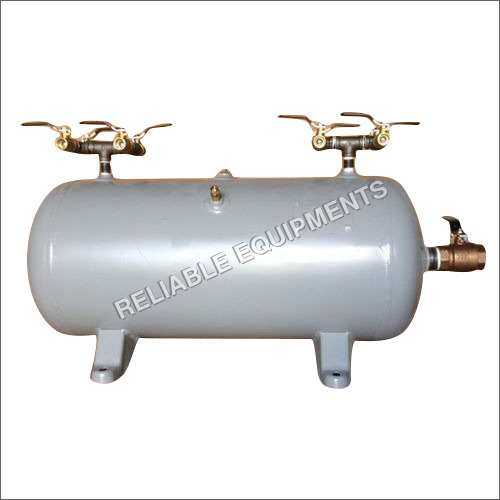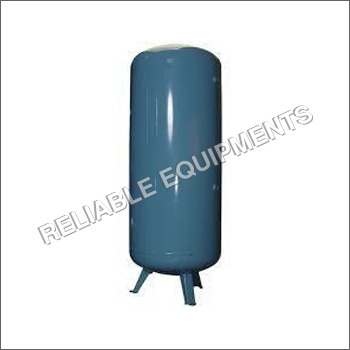
Compressed Air Receiver Tank
Product Details:
- Usage Industrial
- Condition New
- Material Metal
- Product Type Air Receiver Tank
- Color Any
- Air Flow Capacity 15 Cubic Meter Per Hour (m3/h)
- Working Presssure Custom
- Click to View more
Compressed Air Receiver Tank Price And Quantity
- 1 Piece
- 15000.0 INR/Piece
Compressed Air Receiver Tank Product Specifications
- Metal
- Yes
- 15 Cubic Meter Per Hour (m3/h)
- Air Receiver Tank
- Any
- New
- Industrial
- Custom
Compressed Air Receiver Tank Trade Information
- Cash Advance (CA)
- 100 Piece Per Month
- 1 Week
- All India
Product Description
An air receiver is a pressure vessel that stores compressed air for use in various industrial and mechanical systems. It plays a critical role in a compressed air system by balancing supply and demand, improving system efficiency, and providing a steady source of air during peak usage. Here's a more detailed description:
Air Receiver Description
An air receiver, also known as an air tank, is a cylindrical steel container designed to hold compressed air under pressure. It is typically installed downstream of an air compressor and acts as a temporary storage to manage fluctuations in air demand and improve overall system performance.
Key Functions of an Air Receiver:
-
Storage: Holds compressed air for immediate use during high demand.
-
Pressure Stabilization: Helps maintain consistent pressure levels.
-
Moisture Separation: Allows moisture, oil, and other contaminants to settle at the bottom of the tank.
-
Compressor Efficiency: Reduces compressor cycling, extending equipment life and reducing energy use.
-
Shock Absorption: Dampens pressure surges and fluctuations in the system.
Main Components:
-
Pressure gauge Monitors internal pressure.
-
Safety valve Prevents over-pressurization.
-
Drain valve Removes accumulated water and oil.
-
Inlet/outlet ports Connects to the compressor and distribution system.
-
Manhole (in large tanks) For inspection and maintenance.
Types of Air Receivers:
-
Wet Air Receiver Placed immediately after the compressor; helps cool the air and separate moisture.
-
Dry Air Receiver Placed after the air dryer; stores clean, dry compressed air.
Specifications (Example):
-
Capacity: 100 10,000 liters or more
-
Working pressure: Typically 7 16 bar (100 230 psi)
-
Material: Carbon steel or stainless steel
-
Orientation: Vertical or horizontal

Price:
- 50
- 100
- 200
- 250
- 500
- 1000+
 Send Inquiry
Send Inquiry




